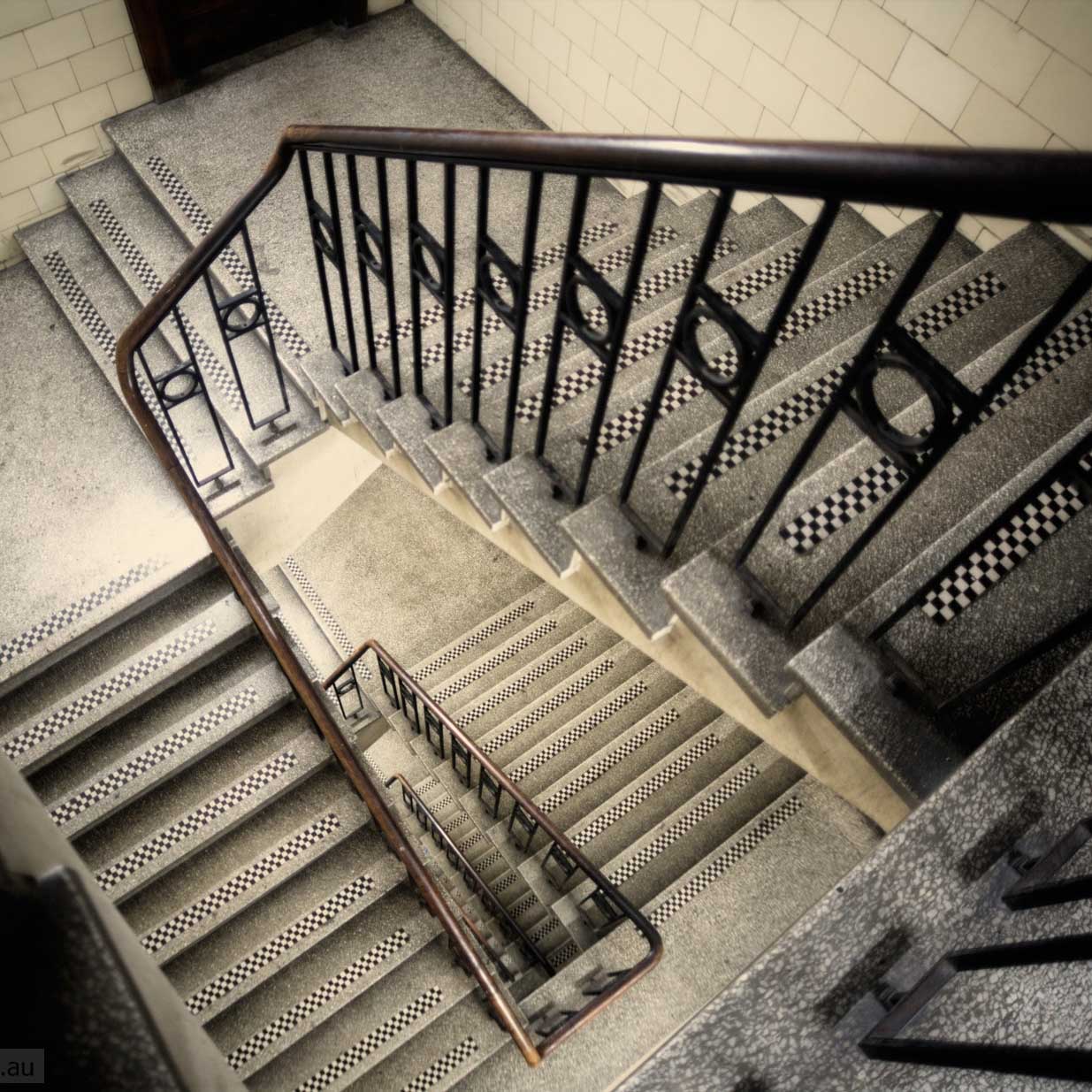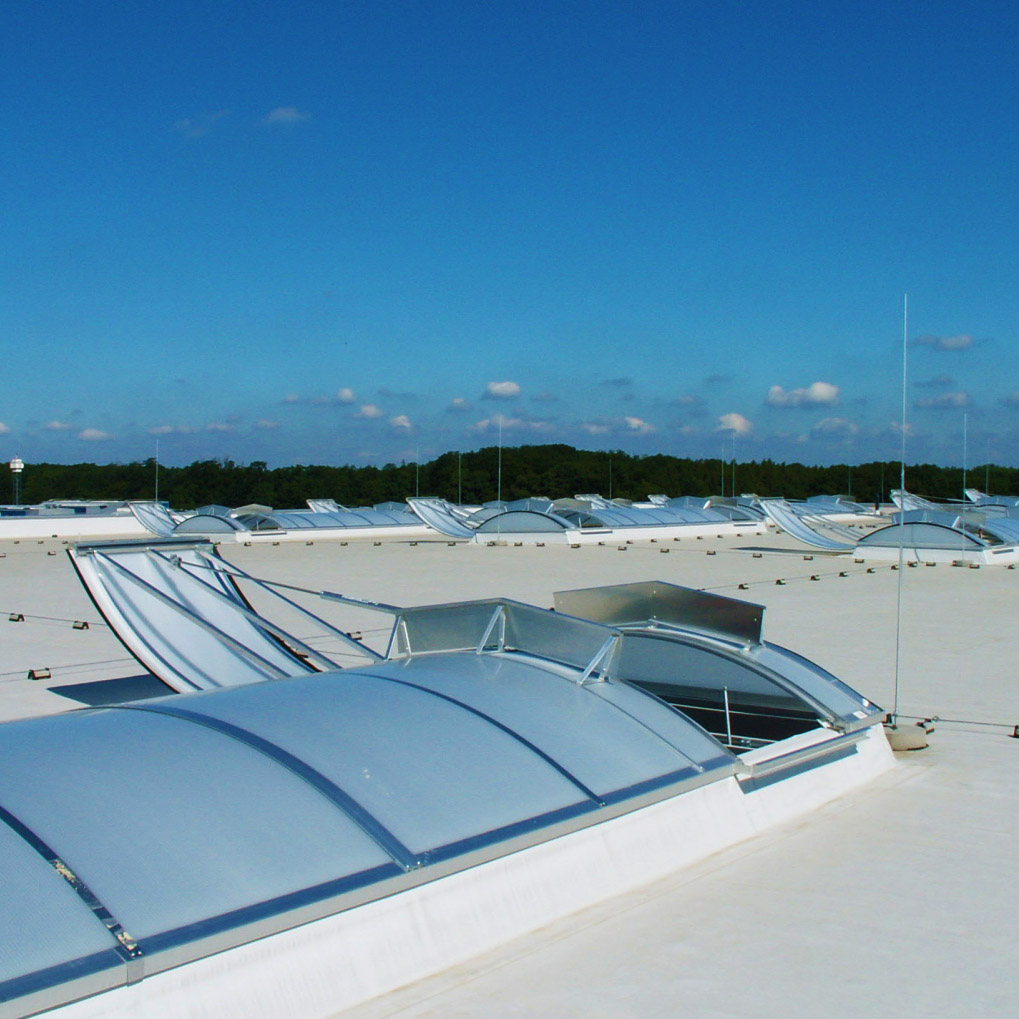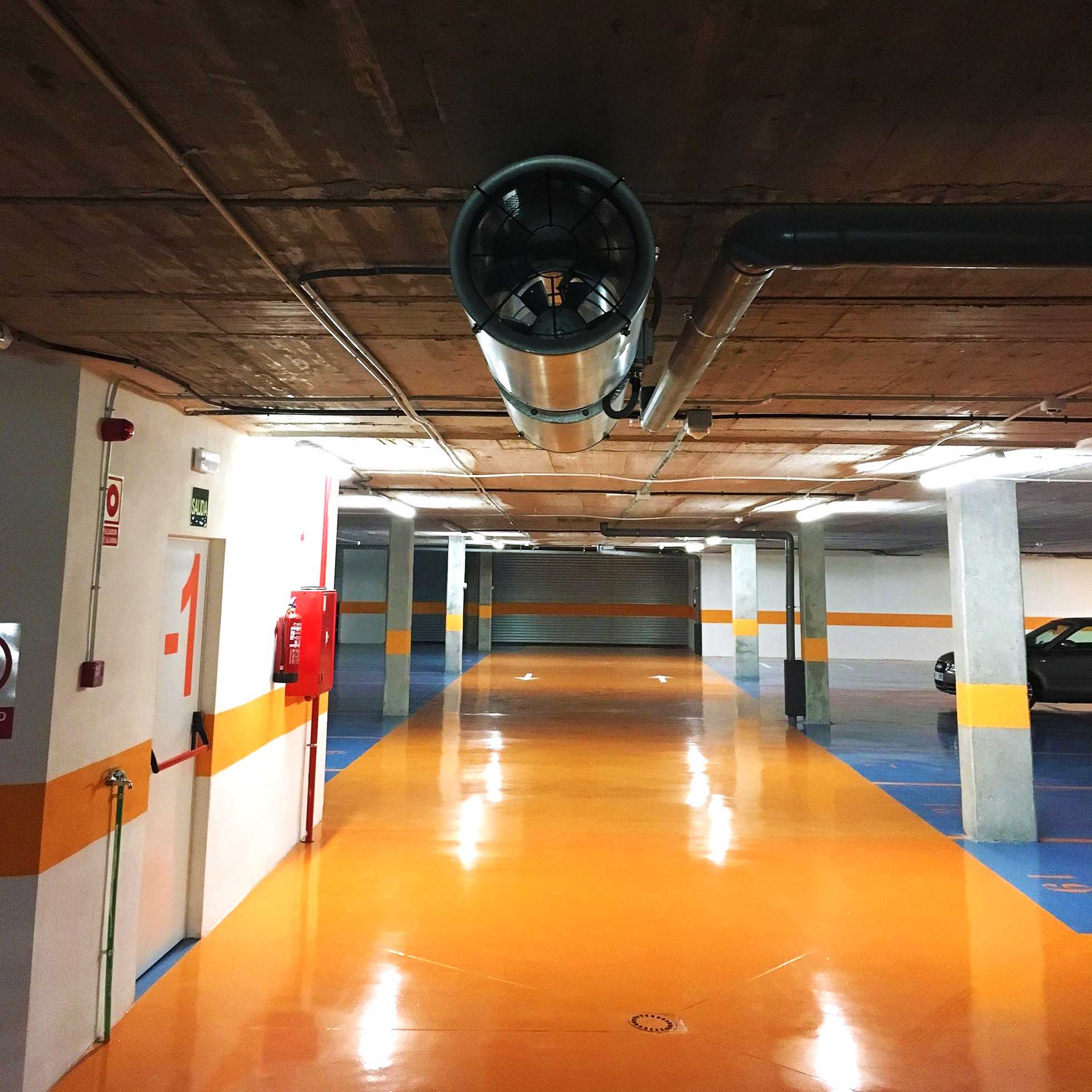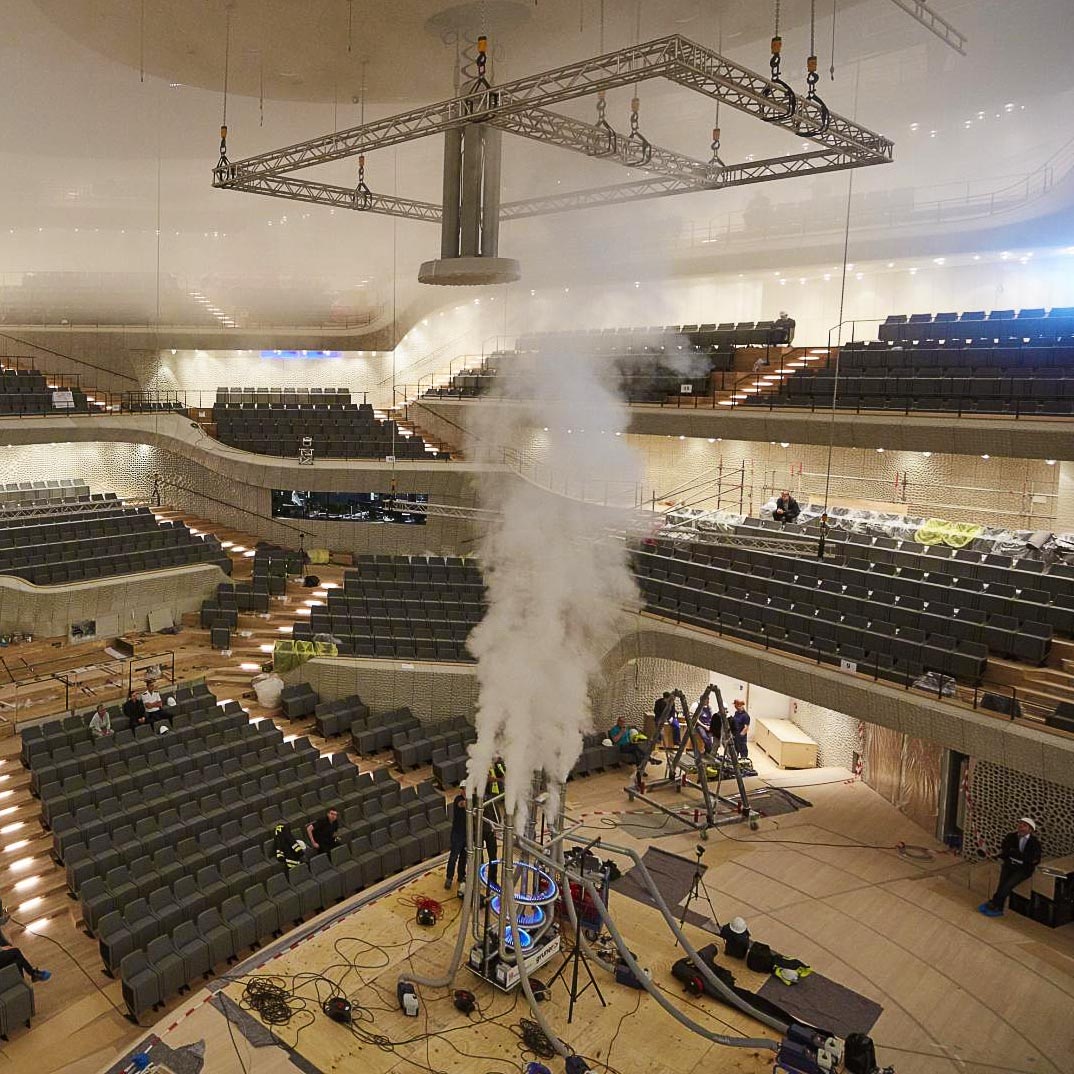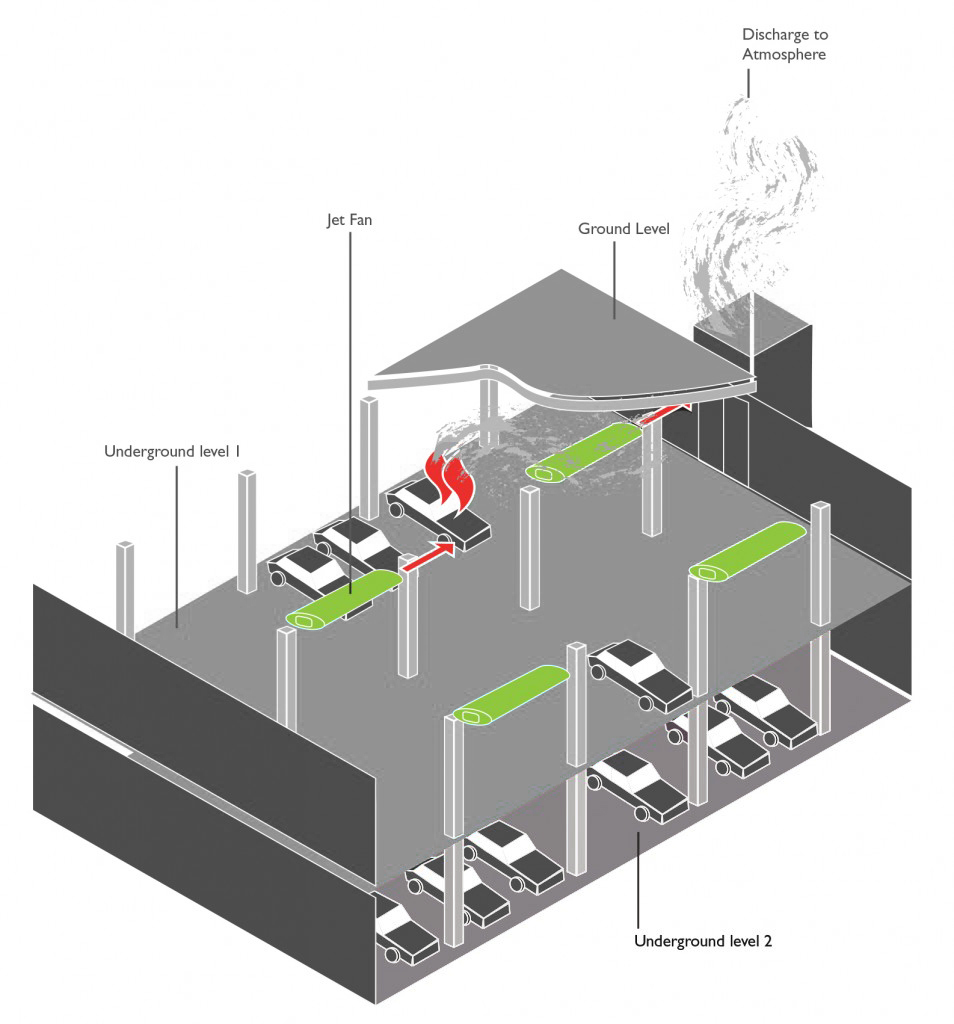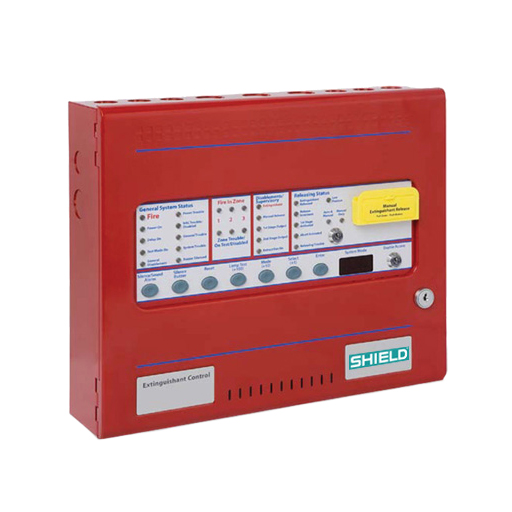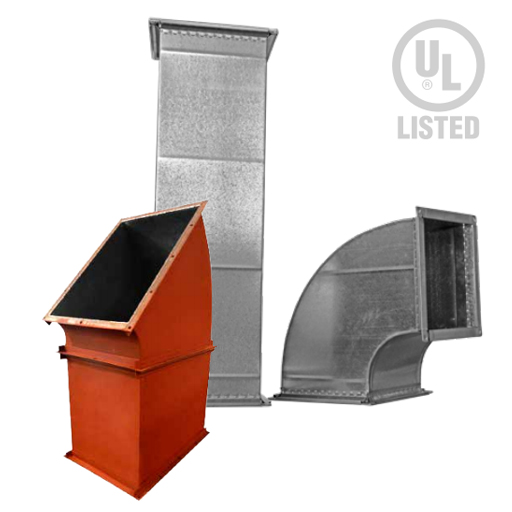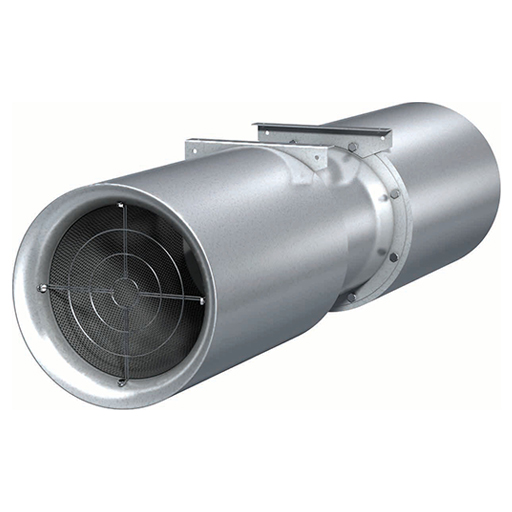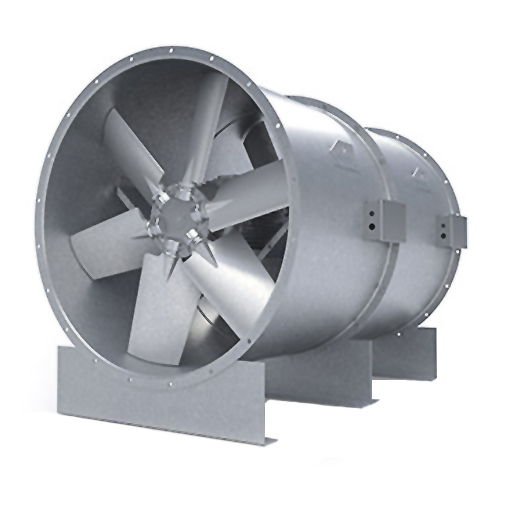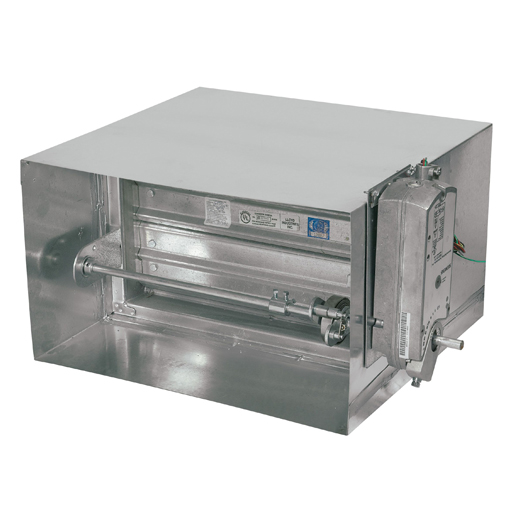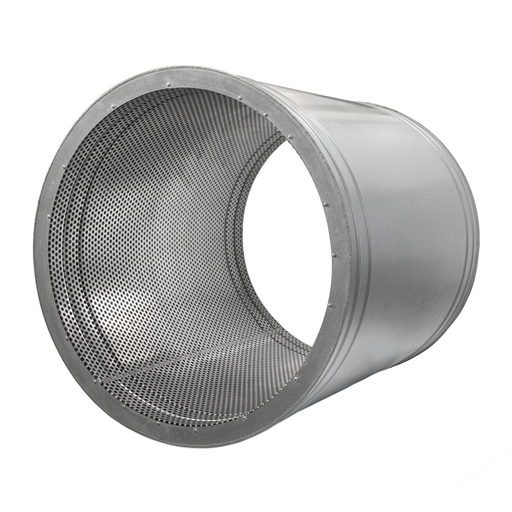INTRODUCTION
The ventilation of enclosed or underground car parks, loading bays and service areas fulfills two key requirements: remove the pollutants emitted by cars and, in the event of a fire, control the hot fumes and gases produced by the fire, protecting the escape routes and easing access for the emergency teams.
Car park ventilation systems are designed as per following codes of practice:
- NFPA 88A
- NFPA 92
- NFPA 101
- Other International Codes of practice
- Local Authority Regulations
Smoke ventilation systems may be designed in addition to provide clear smoke-free access for fire fighters to tackle the seat of the fire or to protect means of escape from the car park.
SPECIAL TECHNOLOGY
In recent years, the technology used for jet (or impulse) fans has been established as the new standard for normal ventilation and smoke extraction in case of fire in enclosed car parks. In fact, this technology represents the most innovative and cost-effective alternative to traditional ducted mechanical extraction systems.
SYSTEM DESCRIPTION:
- Main Smoke Exhaust Fans
- Fresh Air Fans
- Jet Fans
- Pressure Fans
- Smoke Extraction Fans
- Smoke Extraction Ducts
- CO Sensors
- System Control Panels
- Starter Panels
- DDC Panels
These are the essential requirements to design the most suitable Smoke Management/Ventilation System for a specific car park.
The system is based on placing a set of axial impulse fans (JET FANS) all along the parking area, which operate in a similar way to a ducted system: when installed on the ceiling, they move the air from the top layers to the bottom layers towards the exhaust areas; by effectively creating a continuous air flow, the JET FANS are able to thoroughly push the air at the bottom and the top layers of the car park, avoiding the creation of areas where air gets trapped.
Compared to a ducted ventilation system, the innovative JET FAN system ensures multiple benefits in terms of low cost and efficiency associated with its design, installation, operation and usage.
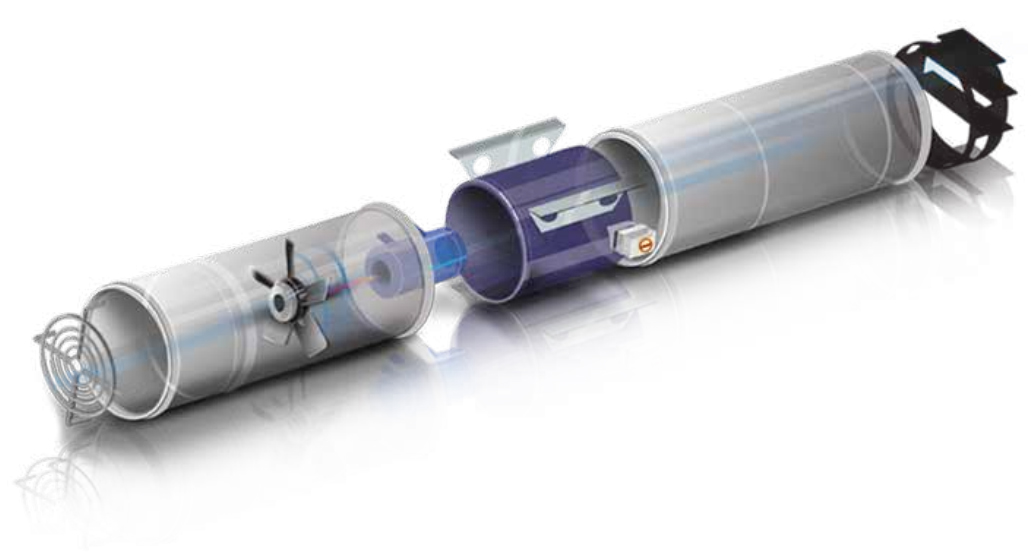
DESIGN:
- It saves design time as it does not require a complex ducted system to be designed and implemented.
- The system effectiveness can be measured with CFD (Computational Fluid Dynamics) modelling.
INSTALLATION:
- It removes the need for costly and complex ducted and grilled systems.
- The fans are easy to install, ensuring time saving in terms of hours of work.
USE:
Optimized safety in the event of a fire: fast and effective toxic fume extraction, leading to safer escape routes, easier access for the emergency teams, promoting people safety and minimizing the effects of fire on the building structures.
BENEFITS:
Ventilation can be fully or partly operated: the CO (carbon monoxide) detectors and the smoke sensors ensure
that the ventilation located in the parking zones control the pollution levels or signals at the event of fire.
MAIN COMPONENTS
SYSTEM CONTROL PANEL
Control panel is responsible for the operation of all the mechanical equipments (axial fans, jet fans, smoke/ air dampers, doors etc.) of the system in compliance with the scenarios identified to PLC (Programmable Logic Card), according to the signals coming from all carbon monoxide sensors and/or fire/smoke detection systems.
FIRE RATED DUCT
Ducts are utilised as a part of heating, ventilation, and air conditioning (HVAC) to deliver and eliminate air. Ducts are rated as per the local regulations and international codes of practice. These ducts facilitate movement of Smoke/Fresh Air/Exhaust Air as desired by the ventilation system.
AXIAL FANS
Main duty of the axial fans is the discharge of polluted air and/or fire smoke from the car park and supply of fresh air from outside required for the car park. Capacities and power values of axial fans are calculated according to the exhaust and fresh air flow rates specified by local car park fire and ventilation codes.
YOU CAN'T UNDO TIME
BE SAFE
GET PROTECTED
Smoke is the No. 1 Killer in a Fire.
More than 70% of human deaths in a fire accident are
due to
SMOKE INHALATION.


